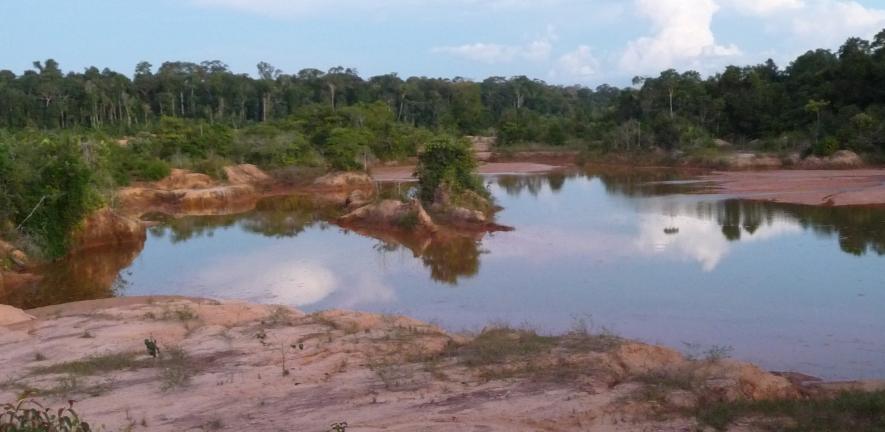
Submitted by Jane Durkin on Fri, 26/07/2024 - 11:21
Our increasing demand for metals and minerals is putting over four thousand vertebrate species at risk, with the raw materials needed for clean energy infrastructure often located in global biodiversity hotspots, a study has found.
New research has found that 4,642 species of vertebrate are threatened by mineral extraction around the world through mining and quarrying, and drilling for oil and gas.
“Our report is a vital first step in avoiding biodiversity loss amidst the predicted drastic expansion of the mining industry.” said Professor David Edwards, head of the Tropical Ecology and Conservation group in the Department of Plant Sciences and senior author of the report.
This is the most complete global assessment of the threat to biodiversity from mineral extraction ever undertaken. The results were published in the journal Current Biology on 26 July.
The researchers say governments and the mining industry should focus on reducing the pollution driven by mining as an ‘easy win’ to reduce the biodiversity loss associated with mineral extraction.
The biggest risk to species comes from mining for materials fundamental to our transition to clean energy, such as lithium and cobalt – both essential components of solar panels, wind turbines and electric cars.
The threat to nature is not limited to the physical locations of the mines - species living at great distances away can also be impacted, for example by polluted watercourses, or deforestation for new access roads and infrastructure.
Read more: Thousands of birds and fish threatened by mining for clean energy transition
Reference: Lamb, I.P., ‘Global threats of extractive industries on vertebrate biodiversity.’ Current Biology, July 2024. DOI: 10.1016/j.cub.2024.06.077
